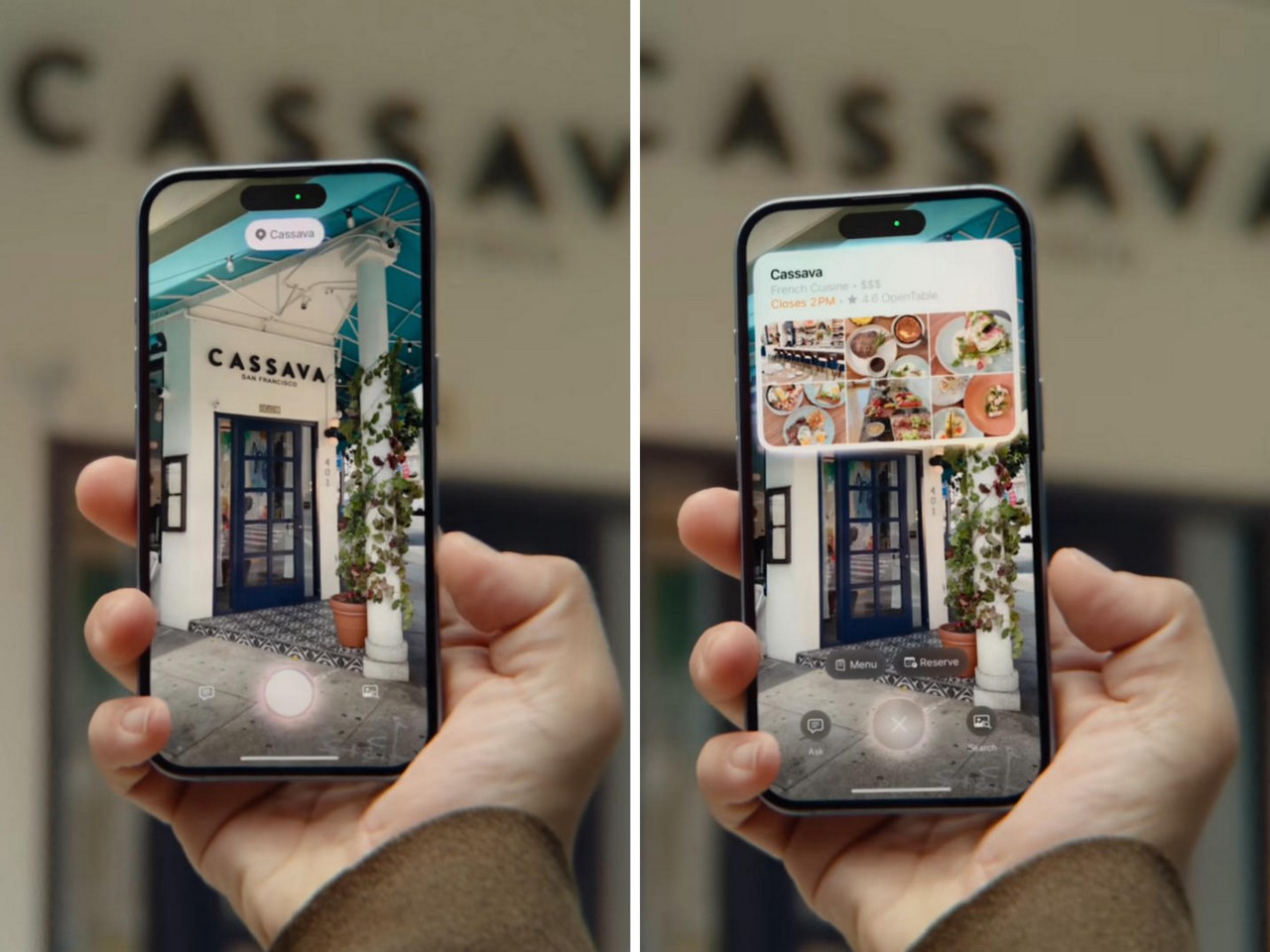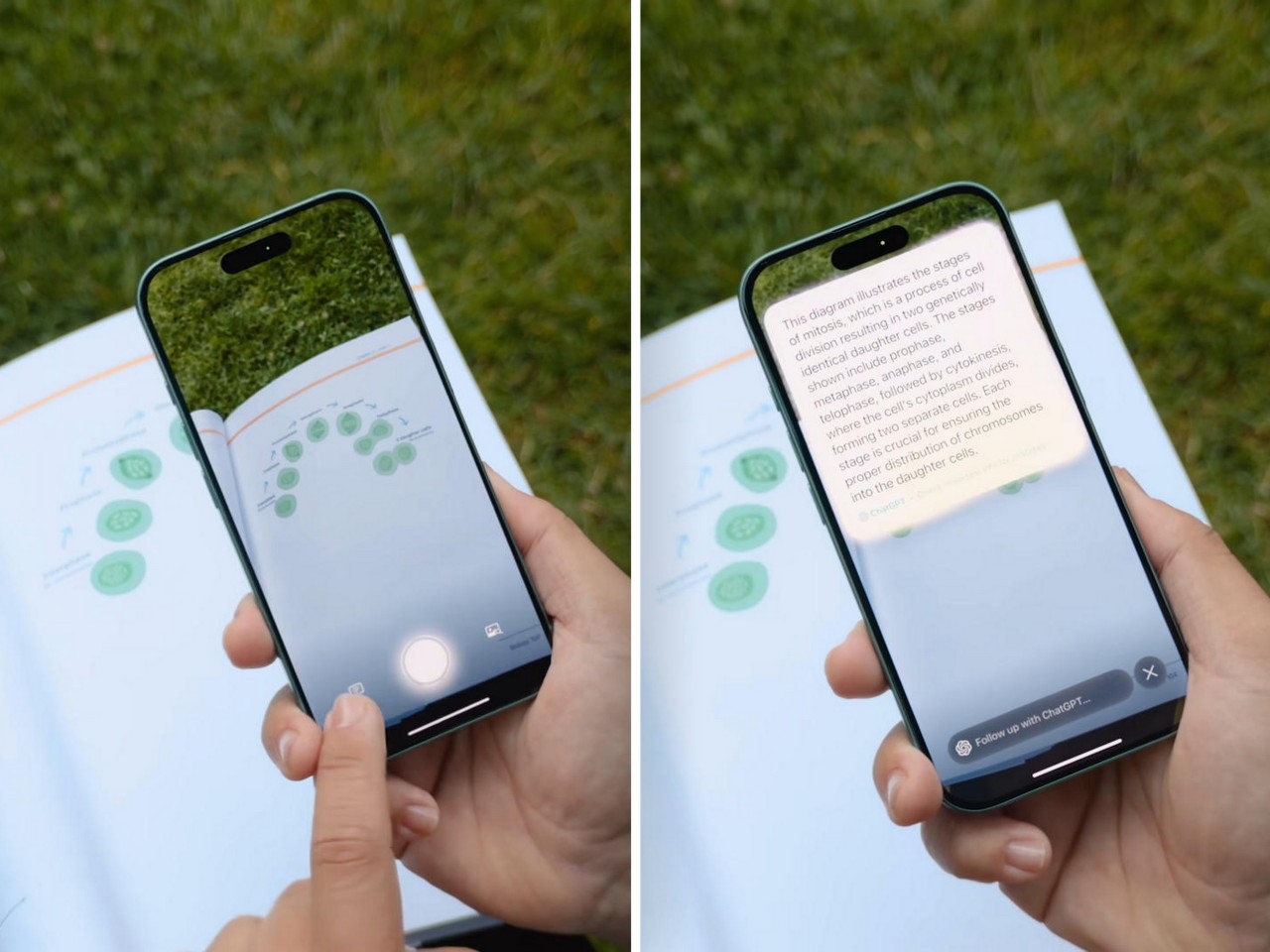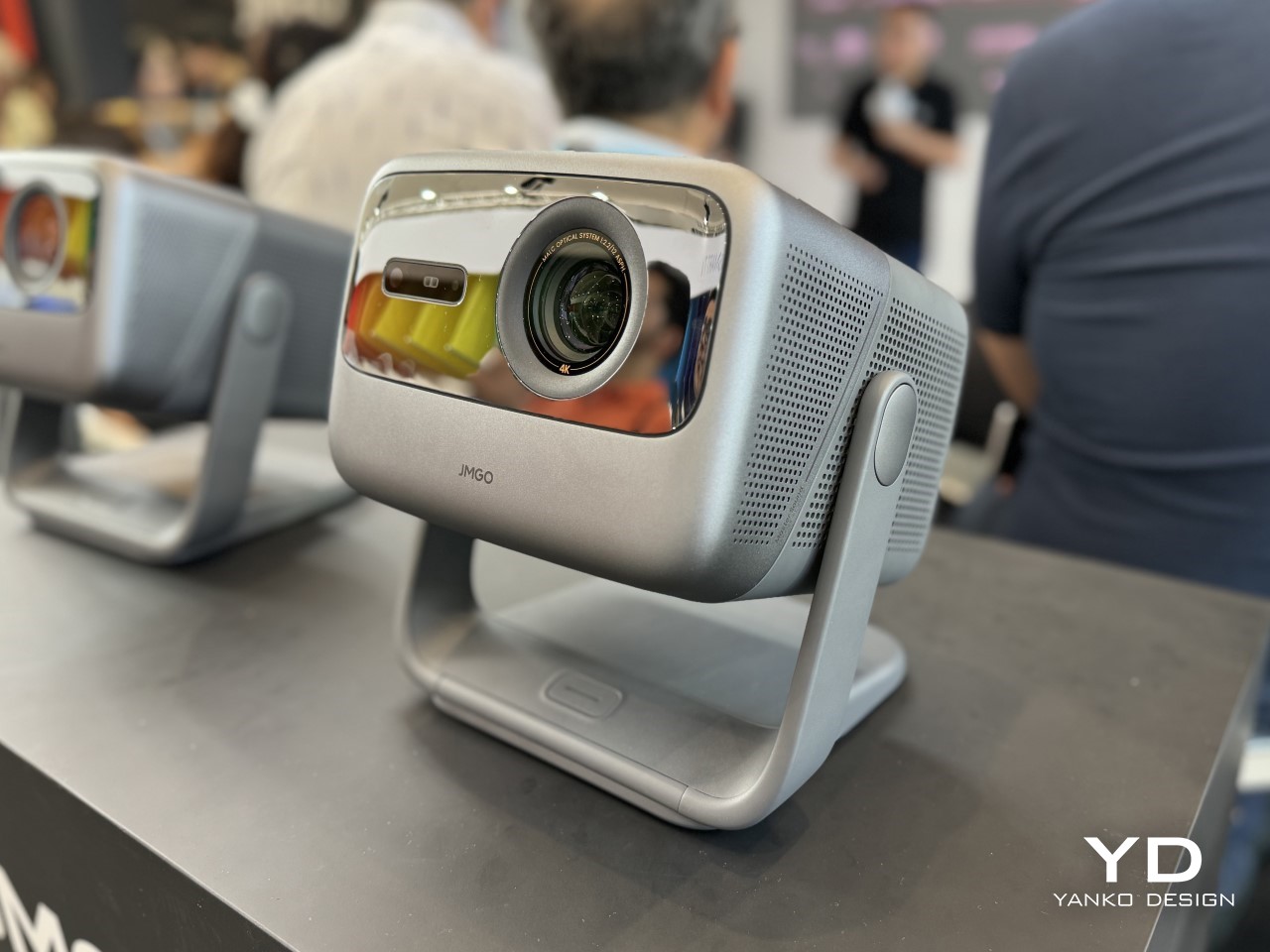
Are we in an AI bubble? Almost definitely – every next booth at IFA had AI written on its banner and in its pamphlets. Walking around IFA proved that innovation is still going strong, but AI has become more of a marketing term than an actual feature. Whether it’s AI-powered dishwashers, or AI in something as small as a GaN charger, it’s easy to drop marketing jargon to make your product look better than your competitor – but is it truly game-changing AI? Well, after 5 days at IFA, here are 5 products we saw that make proper use of Artificial Intelligence in ways that are meaningful to users, and authentic to the term “AI”.
1. Plaud AI NotePin

Showcased at IFA (although the product will begin shipping very soon), the PLAUD NotePin builds on the company’s successful Plaud NOTE device that first launched last year. Leveraging AI models like ChatGPT and Anthropic’s Claude, the NOTE could record meetings as well as phone calls, and translate/transcribe them in mere seconds. With the NotePin, the company hopes to make this technology even more portable. Encased in a tiny metal pendant, the NotePin is like your own assistant you can wear around your neck or even on your wrist. It lets you record everything from personal notes to meetings, leveraging GPT 4o and Claude 3.5 to bring AI to your recordings. You can give your NotePin a grocery list and it’ll meaningfully link you to a place where you can buy it online, or give it a task list and it’ll add it to your calendar. The NotePin comes in two colors – silver and dark gray – and has the ability to be worn on your wrist, around your neck, or even attached to your lapel.
2. Timekettle W4 Pro AI Interpreter Buds

Built on the broader vision of the Babel Fish from Hitchhiker’s Guide, the W4 Pro interpreter buds allow you to speak and understand as many as 40 different languages and over 90 accents. Built by the folks at Timekettle (known for their incredible translators since 2016), the W4 Pro are AI-powered interpreter earbuds. Wear one and give one to another person and the two of you can seamlessly have a conversation in two separate languages. A 3-mic array ensures crystal clear audio capture, and Timekettle’s proprietary algorithm gives you 95% accurate results. Where the AI comes in is both at a processing and a post-processing level. When you speak, instead of translating entire sentences (which can take very long), the W4 Pro breaks sentences up into meaningful segments, translating them instead. This turns out to work much faster, with just a 0.2-second delay between speaking and translating. Once you’ve had a conversation, Timekettle also applies AI to the entire transcript, allowing you to extract meaningful information and insights from your conversation – super helpful in meetings with multi-lingual professionals.
3. Honor’s AI across Phone/Tablet/Laptop

I strongly believe that we’re at a time when AI vision can make or break a company. With ChatGPT and Google Gemini sucking so much air out of the room, it’s difficult for smartphone brands to implement AI on their own, but Honor seems to have found an incredible niche. Demonstrated during their keynote on both the 5th as well as 6th of September at IFA, Honor highlighted a few standout AI features on their devices. The phones, tablets, and laptops have AI-powered two-way noise canceling – this means the device not only cancels noise on audio going out, but also on audio coming in. So you could be talking to someone who’s in a noisy environment, and your AI noise canceling will process their noisy audio. Other AI features include their drag-to-search on the Magic V3 folding phone and the MagicPad 2 tablet… but by far the most impressive use of AI is in Honor’s deepfake detection technology that works for both audio as well as video deepfakes. Relying on an ability to catch scammers and phishers in the act, the Magic V3, MagicPad 2, and MagicBook Art 14 all have this new technology working seamlessly to prevent you from being scammed or frauded by deepfake calls.
4. Google Gemini in Pixel Devices

Talking about AI is incomplete without talking about its biggest players – Google. With a dedicated booth at IFA this year, Google invited people to play with their latest devices, the Pixel Buds, the new Pixel Watch, and the Pixel 9, 9 Pro, and 9 Fold devices. It’s different hearing about AI features in a keynote versus actually seeing them in real life, which is why Google had a dedicated Gemini space at their booth, where consumers could go and get a first look at the new Gemini features coming on Pixel devices later this year. This included the new powerful voice assistant, along with Google’s upgraded AI image-editing tools, as well as the newly unveiled Pixel Studio feature.
5. Samsung SmartThings and AI-powered Bixby

Samsung unveiled several AI-powered features at IFA 2024, highlighting its commitment to “AI for All.” The SmartThings platform showcased AI capabilities for security, sustainability, and device control, including the Map View for home monitoring. The Bespoke AI appliances offered personalized solutions, like the Family Hub refrigerator with image recognition and recipe suggestions. Samsung also introduced a timely upgrade to its AI voice assistant, Bixby, at IFA 2024. The enhanced Bixby delivers more personalized services based on the user’s voice and location, allowing for greater interaction with home appliances and devices. It adapts to the user’s daily routines, offering tailored solutions, whether adjusting appliance settings or integrating with other SmartThings-enabled devices.
The post Top 5 AI Innovations at IFA 2024 That Redefine User Experience first appeared on Yanko Design.












































 2.0 Triple Laser Optics technology, these devices prove that projectors aren’t just an alternative to TVs anymore—they might just be the future of home entertainment.
2.0 Triple Laser Optics technology, these devices prove that projectors aren’t just an alternative to TVs anymore—they might just be the future of home entertainment.


















